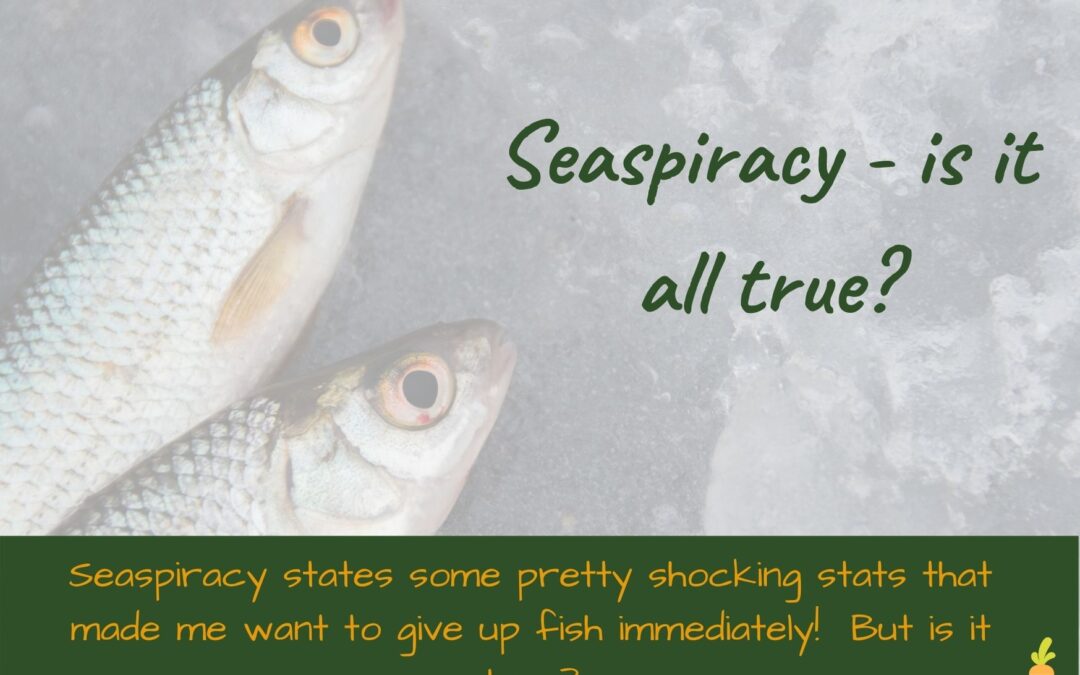Seaspiracy has gone viral, and is having a massive impact on how we view the seas and fishing industry. But are the shocking facts that is portrays true? Are our oceans really in this much trouble and is giving up fish really our only option? This post aims to address all these questions!
What is Seaspiracy?
If you’re one of the few people who haven’t seen it, this is essentially a nature propaganda feature length documentary showing one man’s mission to uncover the truth about fishing and the threats to the seas.
What’s incredible it that a nature documentary has made it to the #1 spot on Netflix!
After seeing all the emotive responses to this program and the huge audience I was expecting it to be rather overexaggerated and spouting lots of shocking ‘facts’ whilst showing pictures of dead and wounded fish and dolphins. I initially put off watching it, probably partly because I knew deep down that eating fish may not always be sustainable, but also because I thought I would find it annoyingly sensationalised – I hate it when the public are only shown one side of the story in a twisted way – how can we be properly educated by that??
But with everyone watching and talking about it, I had to go for it, even if it was only so I could have my own opinion! So here goes…
My initial thoughts
It would be very hard to watch this and not want to give up fish altogether. It left me feeling like there was no hope for the oceans, as (if what they say is true) the only answer is for everyone to stop eating fish, and that’s just not going to happen worldwide. With the ocean ruined, the planet and the things that live on it (that’s us) are all in a lot of trouble. And it seems like it’s too late to stop it all from happening. Yeah, I wasn’t feeling that great after watching this… even giving up fish felt like too little too late.
Then I remembered that this is just this guys opinion, and I always like to look around and get a few – there are always two sides to an arguement and unfortunately, many people these days have an agenda and are trying to convince us to think as they think… Do other ocean experts agree with this? I already knew the answer as I’d seen the massive backlash from the fishing industry AND marine ecologists. So what were they arguing about?
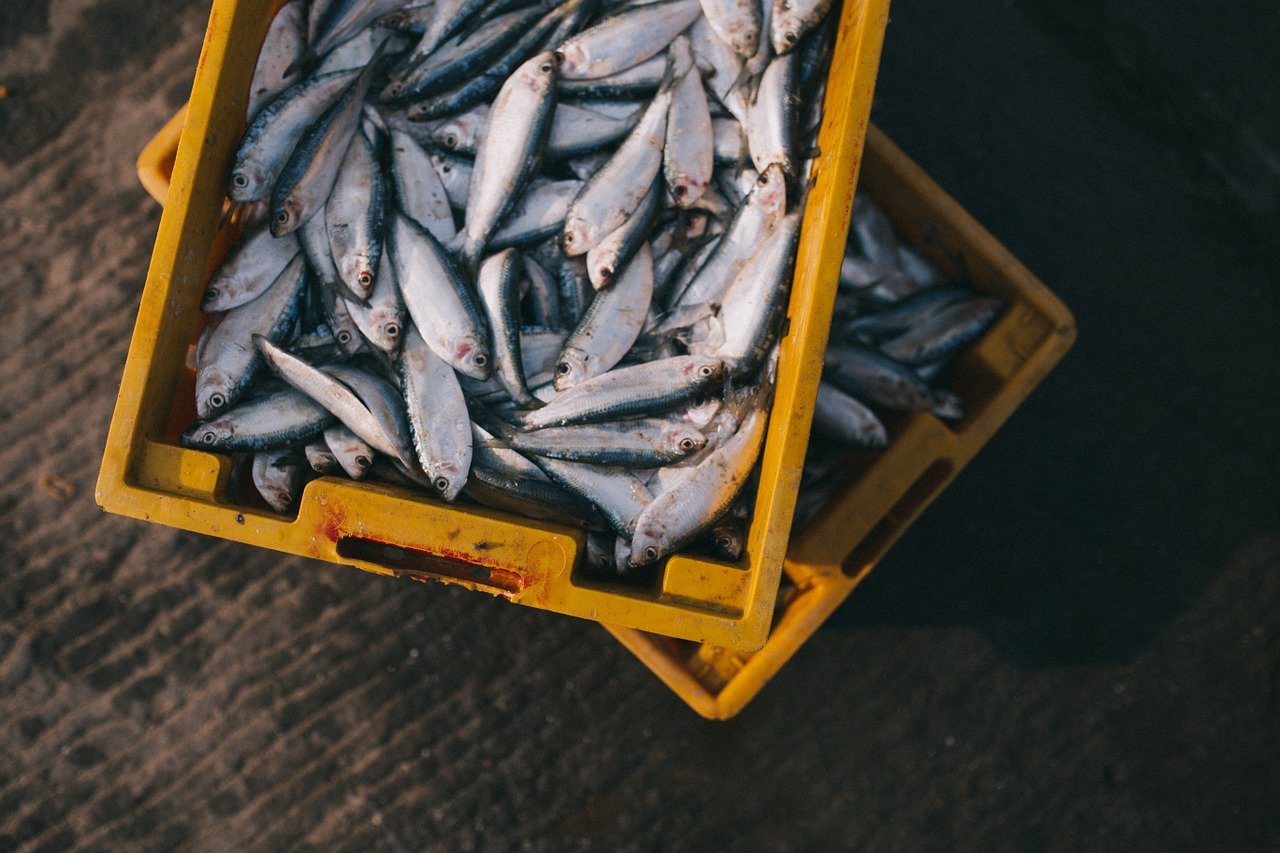
Let’s hear both sides of the ocean story
In case you don’t have an hour and a half of your time to watch this and then the hours after to read up on other opinions, or think the whale death scenes will be too distressing, here’s a condensed version…
Fish populations
FACT: A lot of fish are killed every minute. Seaspiracy states 5 million per minute. The FAO (Food and Agriculture Organisation) estimate 0.97-2.74 trillion per year, plus an extra 16.66% to 33.3% for illegal fishing, bycatch and some other anomalies [2]. That works out as around 2-6m per minute so seems to support these numbers…
FACT: World fish populations are substantially lower than they were historically. Seaspiracy states that in the mid 1830’s one fishing boat would pull 1-2 tonnes per day of halibut. Now the whole fleet only brings that home in a year! Pretty shocking! Seaspiracy state that some fish populations like Haddock have declined by as much as 99%. This number is certainly shown quite a lot in a number of reports, so is likely to either be true or to have been true at some point [1].
MISINFORMATION: Seaspiracy states that the oceans are predicted to be empty of fish (or so empty that commercial fishing is pointless) by 2048. This is an old stat from 2006 which was overturned in 2009 by the same people who wrote it when they realised their mistake. A more recent global assessment, projected that at worst 10 to 20 percent of fish stocks will be sustainably managed by 2050, and that a majority of stocks could be sustainable by 2050 if we can replicate some of the recent management successes in places like New Zealand, Iceland, and the Western United States [3]. The revised 2009 paper with a larger data set showed that, on average, there is no downward trend of fisheries (some are increasing whilst others are decreasing). Then suposedly, an update from 2020 showed that monitored fish populations are generally healthy or increasing [9]! That’s a very different story (but of course only covers the managed fisheries within the scope of the report – around 40% of fisheries which are largely located around SE Asia were not included…).
UNCLEAR: Most of the world’s fisheries are not being fished sustainably. The UN Food and Agriculture Organisation (FAO) has monitored nearly 400 fish stocks since the 1970’s and estimates that approximately 33% are not fished within sustainable limits [13]. Our UK Government recently came out stating that ‘The Food and Agriculture Organization of the U.N. estimates that 93 percent of marine fisheries worldwide are fished at or beyond sustainable catch levels’ [14]. These stats are non-conclusive but the statement of most probably stacks up as meaning over 50%.
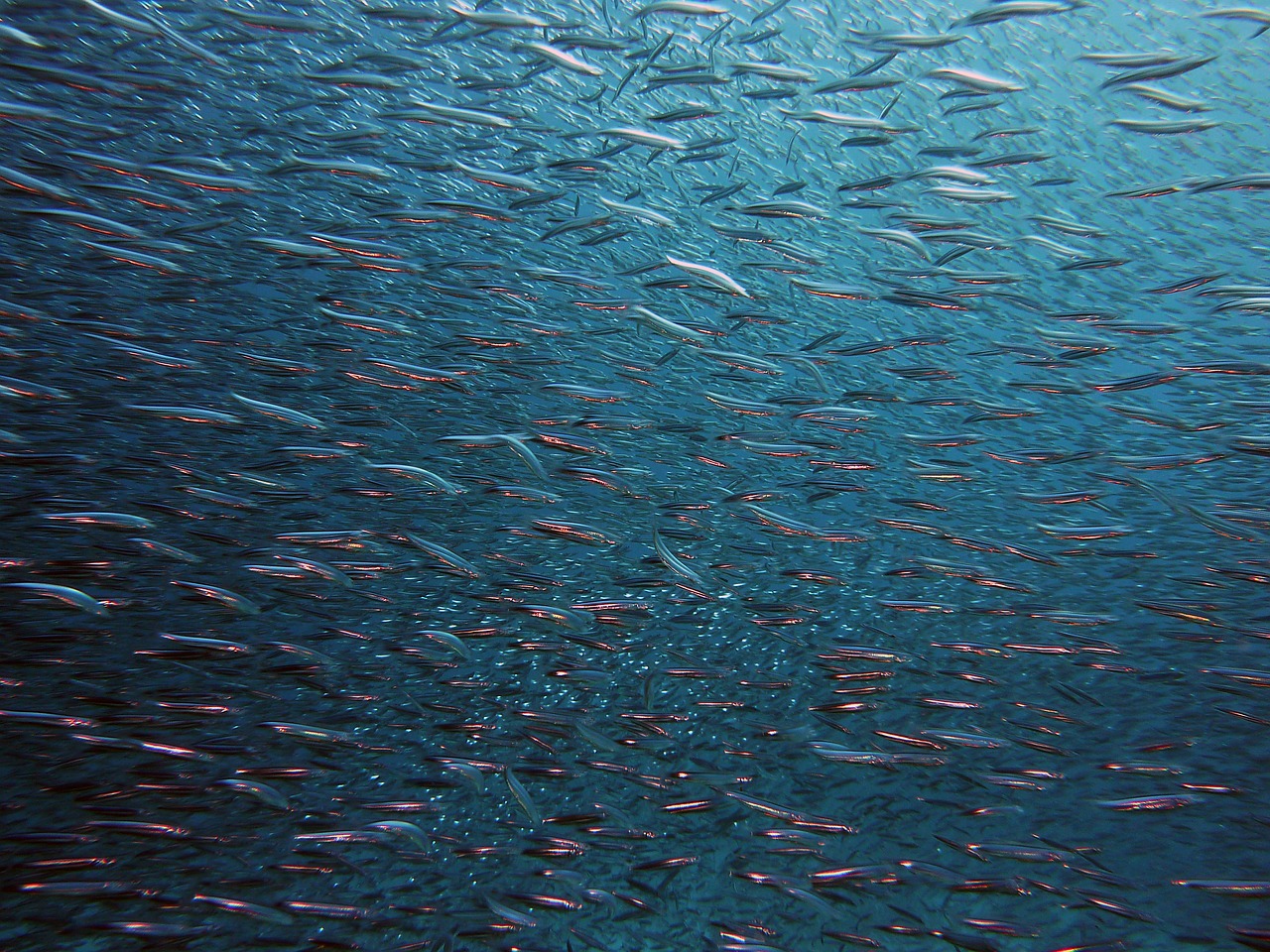
The ocean without fish
FACT: Severe changes in the numbers of species at one level of a food chain causes the whole ecosystem to fall out of balance, and therefore overfishing one species can cause the loss of others. This is basic ecology.
OVERSTATED: The phytoplankton in the oceans creates 95% of the oxygen on the planet. This number appears to be inflated, with National Geographic stating around 70% [5], and other sources 50-85%. Still, the fact remains, the oceans are our most important source of oxygen and without them we’d be in trouble!
UNCLEAR: The ocean is the biggest carbon sink on the planet (93%!) according to Seaspiracy. Whilst I couldn’t find any stats to support this number, it certainly is accepted as a large carbon sink [6].
FACT: We lose around 25m acres of rainforest each year, but bottom trawling for fishing clears around 3.9bn acres of sea floor per year! I can find support for this figure from back around 2000 [7] and bottom trawling has presumably increased since then… Rainforest undoubtedly has much higher levels of carbon storage and oxygen production ability than the same area of sea floor, but the sheer scale of the sea floor destruction could be making this more of an issue than the rainforests! It’s also destroying a lot more habitat. We need to be worried about this!
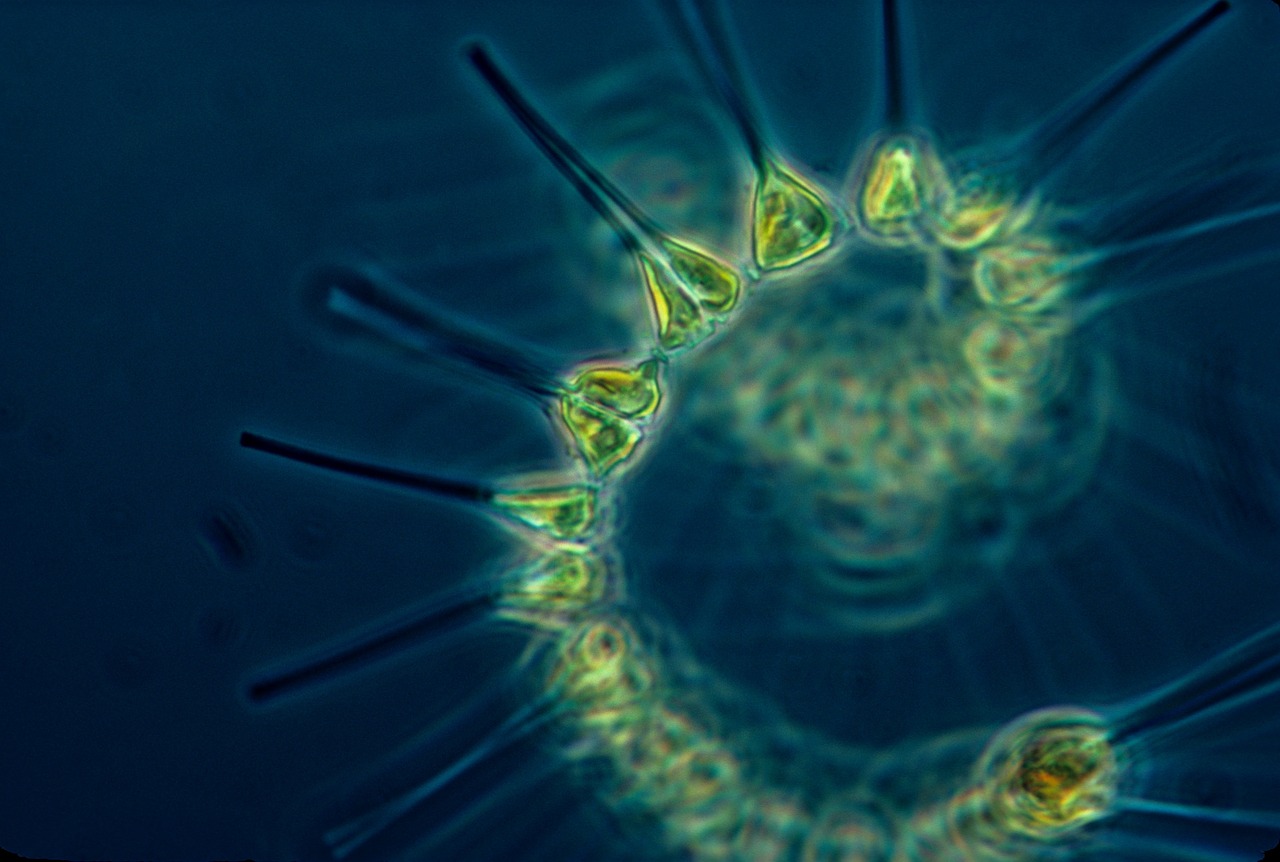
Plastic pollution
FACT: Plastic pollution in the oceans is a massive issue.
OVERSTATED: The film states that the fishing nets alone are 46% of plastic waste in the oceans. The plastic content of the Great Pacific Garbage Patch by weight is around 50% fishing gear according to one study. Fishing gear is heavy, so stating this statistic by weight rather than volume and for this one area is very misleading. The Plastic Pollution Coalition accused the Seaspiracy program of bullying their staff, and cherry picking material to misrepresent them. They believe that fishing gear is 10% overall, according to a Greenpeace report [8]. They also claim to be active in stopping fishing nets pollution by working with Sea Shepherd and Greenpeace [8].
UNCLEAR: Fishing plastics are the biggest plastic threat to the ocean. Studies have shown that a lot of the plastic in the ocean sinks, but fishing nets usually have floats attached, which means that they contribute to a lot of the plastic floating on top of the ocean. It has been argued that this is the easiest plastic to remove therefore, and so is not a massive problem like the microplastics which we will likely never be able to remove… Fishing nets do trap fish and other mammals though, so we need systems to collect and retrieve them – the fishing industry needs to clean up its mess!
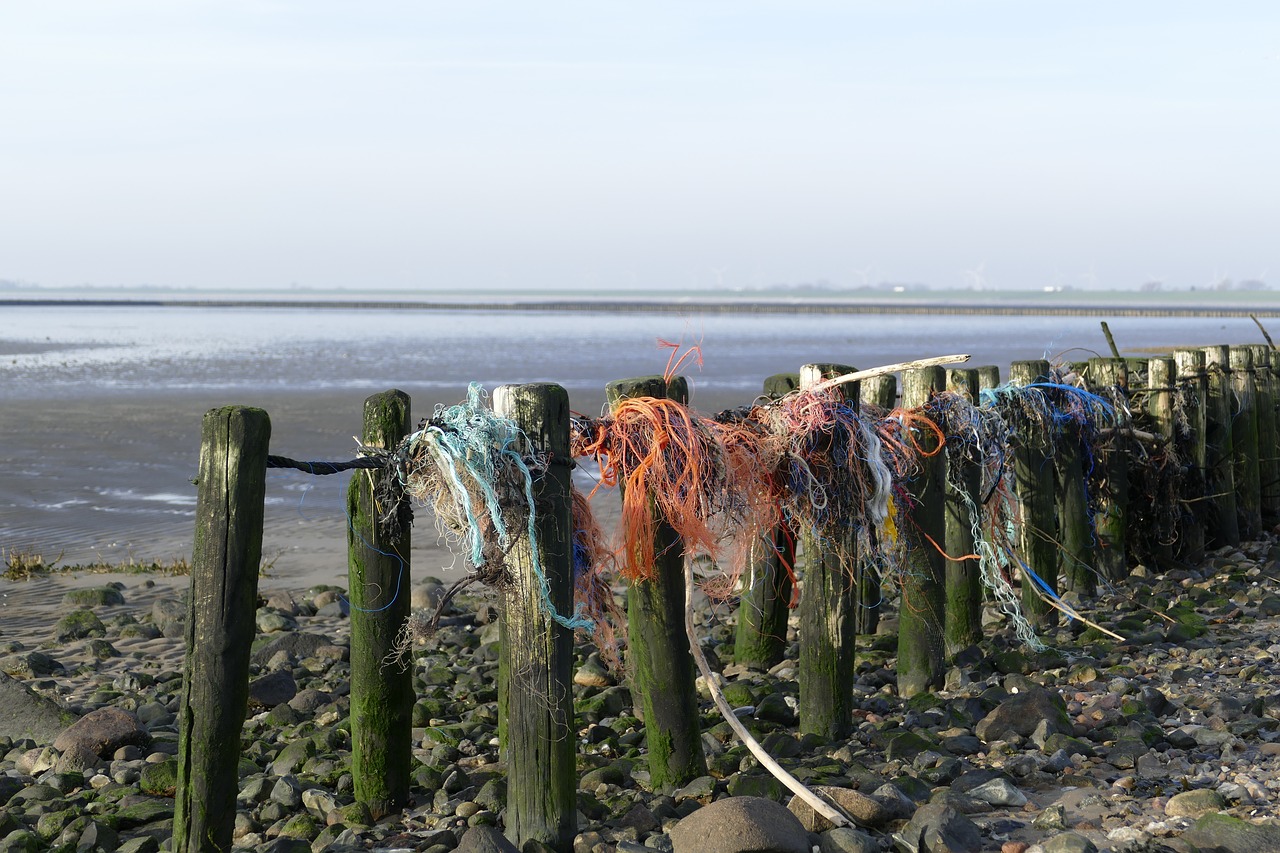
Bycatch
OVERSTATED: There are stats like, for every fish caught to be sold, another 5 are killed and discarded. And also that up to 45 dolphins can be killed just getting 8 tuna. These numbers are horrific – what awful waste! They also state that 40% of catch gets thrown back in. This figure apparently comes from a report that counted any fish that is unused or unmanaged (is not caught from a sustainable fishery). Because of this classification of unsustainably fished fish as bycatch (even though the majority would have been eaten/sold), the number is much higher than the number of fish thrown back into the sea which is how most of us would classify bycatch. This article cites 10% as the more realistic number [10]. Obviously that is still not good and even 1 dolphin dying for every 10 tuna is not acceptable. It is also likely that there are some species caught with much higher levels of bycatch than others.
OVERSTATED: A large amount of sea turtle deaths are cited (around 250k per year in the US). This study is from 2004, so is old data. A more recent study from the same authors of the 2004 one in 2009 stated that these deaths are down 94% from 1990 and 2007 because efforts have been made to stop this happening [11]. Again, these numbers are still too high, and this is in US waters where efforts are being made to prevent this sort of death. Waters of less protected fisheries are likely to have higher numbers still, so turtle (and other large mammal) deaths are very much an issue, but this particular stat was incorrect…
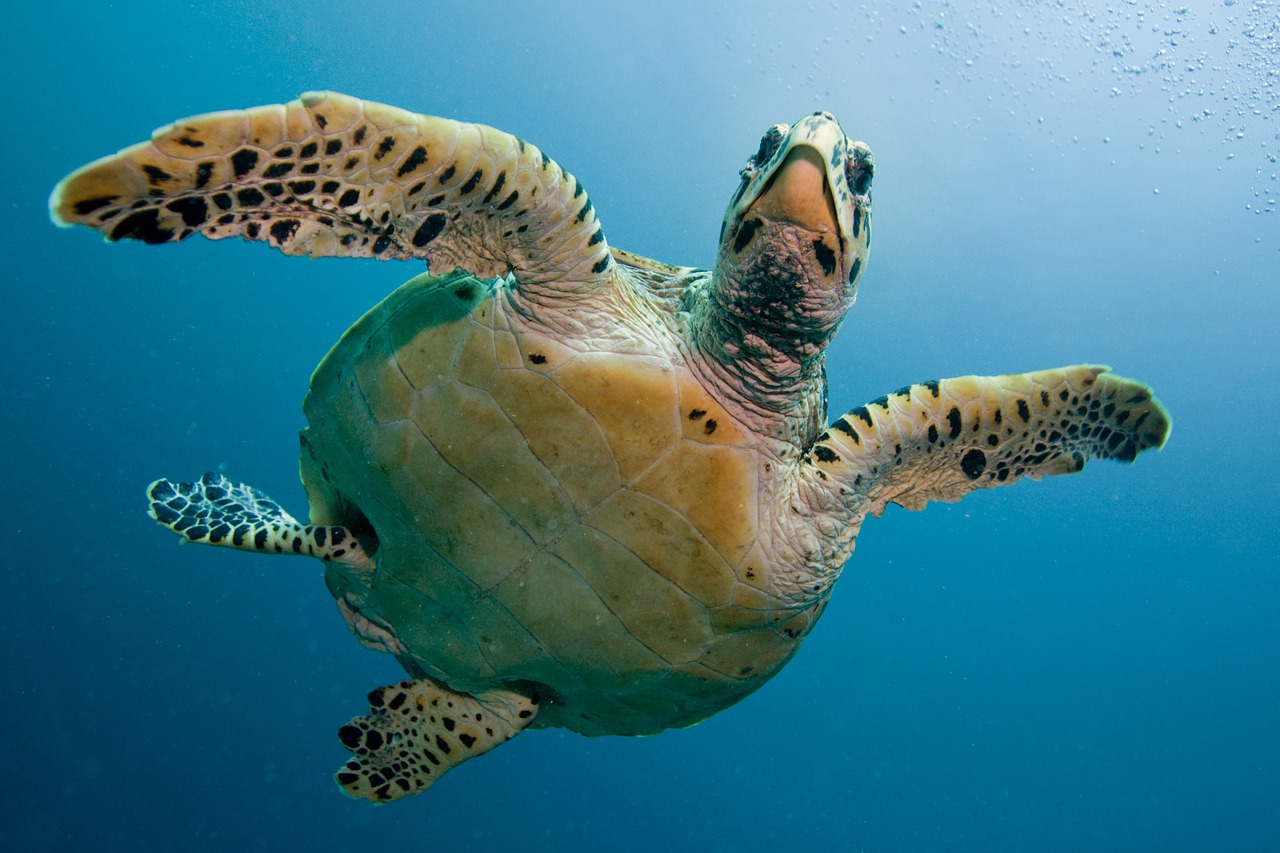
Illegal fishing and falsifying sustainable labels
FACT: It is impossible to ensure that 100% of the fish under a sustainably fished label has been fished in a sustainable manner. There will always be people looking to cheat the system and they cannot be on board of every ship monitoring.
UNCLEAR: The film makes out that the sustainable logos like MSC and Dolphin Safe cannot be trusted and accuse them of effectively selling their logo. The Dolphin Safe man in the film did seem to fairly clearly state that there was a lot of corruption and he couldn’t be sure – that was a very weird interview! I would love to see the whole thing to see if it’s been cut funny! The MSC have come back very hard stating that they use third party independent auditors, frequently turn down fisheries and do a lot of due dilligence before granting a fishery the MSC stamp of approval. So it would seem that there is at least some level of monitoring there. And as the Sustainable Fisheries site states, if you are caught falsifying information you lose your fishing license, so that’s a big risk for ordinary fishermen to take with their livelihood [10]. There are also increasing technologies like on-board cameras, electronic monitoring and satellite tracking which make it much easier to ensure transparency [10]. The MSC also stated that the Icelandic fishery that was pointed out as having high levels of bycatch was revoked once these levels were realised.
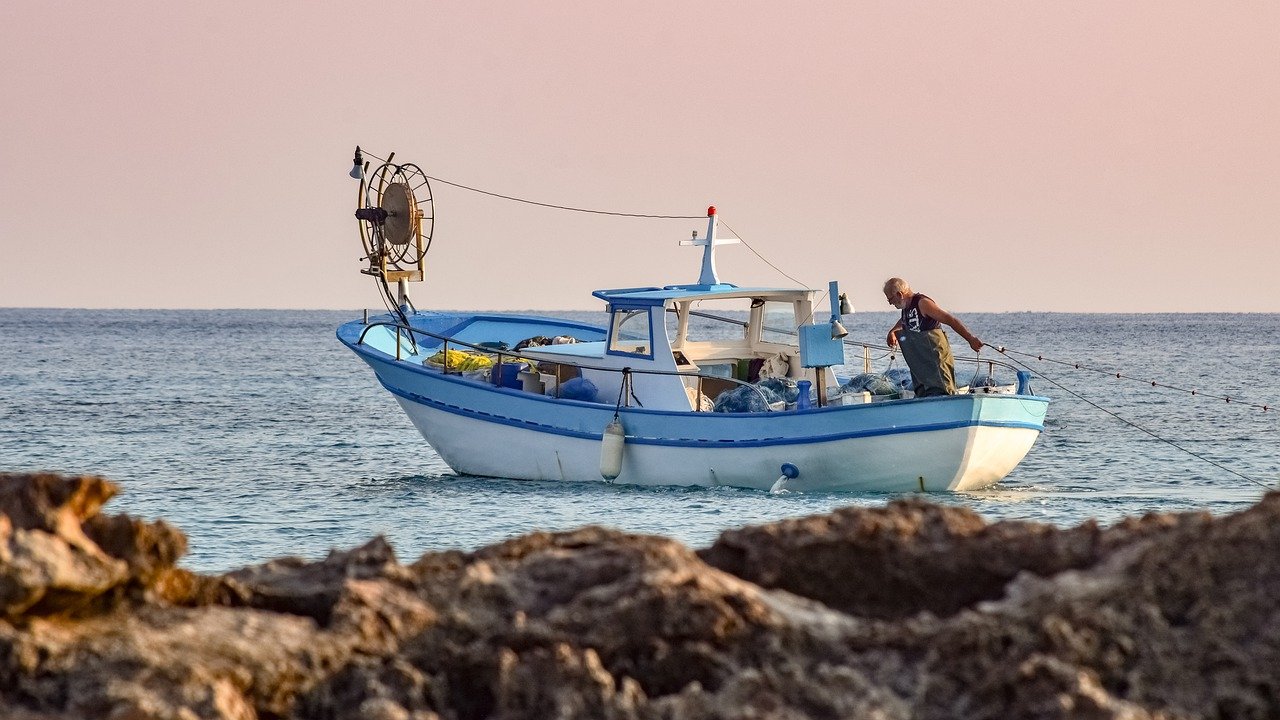
There is no such thing as sustainable fishing and we all need to stop eating fish
MISINFORMATION: Seaspiracy states that there can be no such thing as sustainable fishing. But there are reports showing that properly managed fisheries are showing increasing populations of fish [9]. So it seems to be possible for some individual fisheries. But I do believe that for all of the ocean to be fished sustainably is not possible as it will be too hard to police internationally.
MISINFORMATION: Seaspiracy quickly dismisses fish farming as being barbaric and unsustainable. Given that as much as half the seafood consumed globally comes from aquaculture it’s suprising that this didn’t get more coverage! Recent papers on sustainable fishing have mariculture (ocean based fish farms) as an important part of our future sustainable food production to support growing population levels [12], mainly in the seas itself due to the waste issues of land based fish-farming.
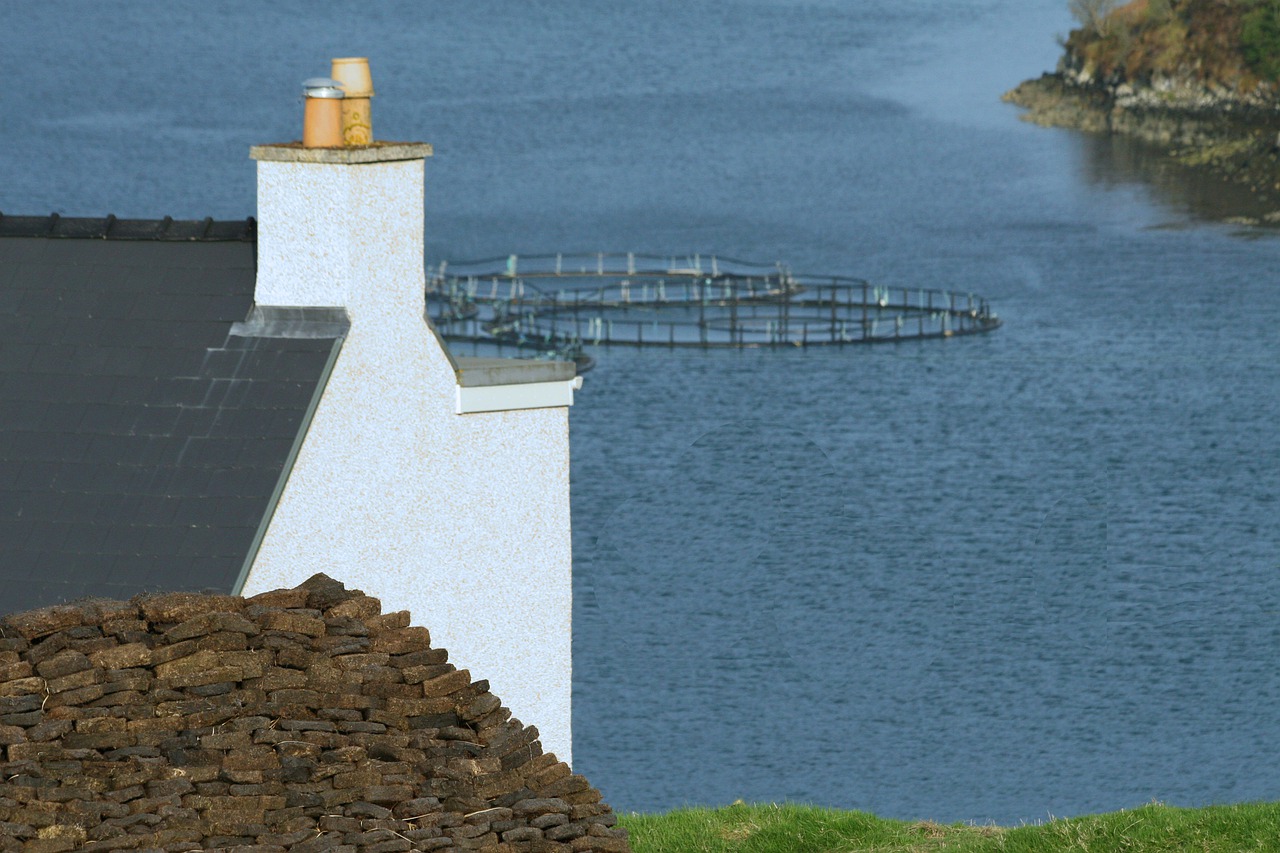
So what does the world need to do?
FACT: Human populations are still growing, and we need to find ways to produce more food in a more sustainable way.
FACT: If we can return fish populations to levels where we can take just the ‘interest’ in an energy efficient way, it is one of the most eco-friendly ways of generating meat (and maybe even protein) as we do not need to input anything (like feed or fertiliser) or deal with waste because it’s all operating in a natural system! [13] Given that we cannot use land to grow more food if current meat consumption levels do not decrease, we need to look into the seas (and reduce our meat intake).
A review in Nature [12] also concludes that the minimal environmental burden of sustainable fishing means it should be part of our future food production plans, but states that this depends on being able to maintain natural populations at their most-productive levels (we’d have to return them there first!). This means shifting human consumption to the lesser known species that are still abundant whilst preventing their overfishing, and away from overfished stocks.
Like shifting to plants from meat, it’s always possible to feed more people on a lower level of the food chain, so moving away from the large predatory fish like tuna, and more to the bivalves like molluscs, clams, scallops and oysters will be more sustainable. These bivalves are also better for mariculture, as they filter the seawater and do not need supplemental feeding. They also clean the water so larger farmed populations could be beneficial to local environments (or at least have a minimised impact).
We need our fishermen to embrace and adopt the new tracking and monitoring technologies so that the consumers can trust sustainable labels.
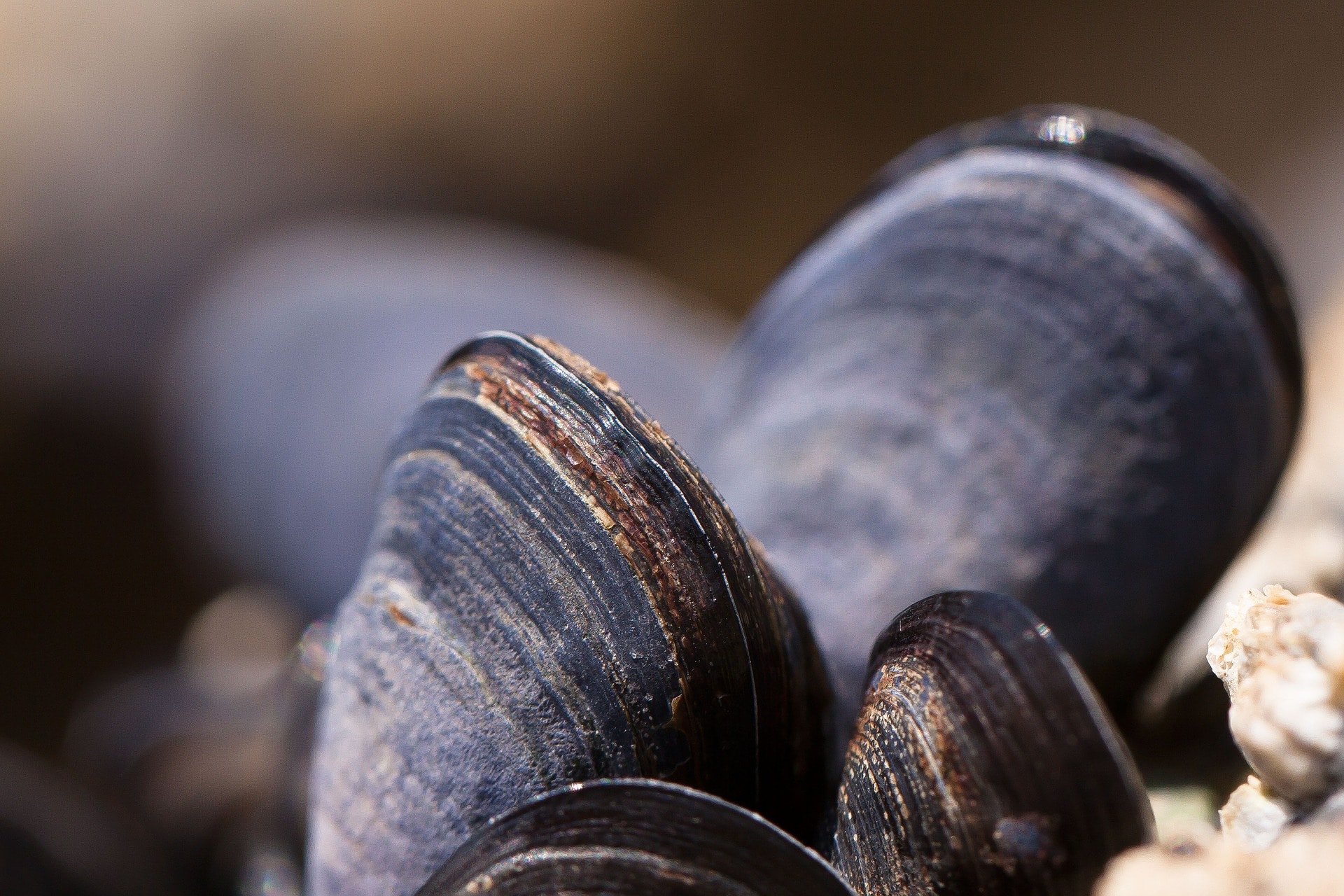
What can YOU do as an individual?
Whilst it’s hard for us to impact many of the issues above, there is a lot we CAN do to minimise our impact on the oceans and support sustainably minded businesses.
Eat less meat generally
Shifting to a plant-based diet (with MOST of your foods coming from plants) will reduce the amount of land needed for food production, allowing us to meet future food demand and reducing the pressure on the oceans to feed us right now.
Reduce your use of plastics, especially single use!
Plastics can end up in the ocean and damage fish populations. There are many alternatives to single use plastics these days, so let’s get rid of them!
Be very careful where your fish comes from
Only consume fish from a sustainable source and support the companies that are actively trying to ensure the future of our oceans. If you are unsure, it should probably be off the menu.
Be brave and ask restaurants, your local fish and chips shop etc where their fish comes from and how sustainable it is. Be prepared to avoid them if the answer isn’t what you want though. By showing restaurants and food providers that we care where our fish is from we encourage them to make better sourcing choices!
Get to know which fish are a better choice
When you know which are the more endangered species it becomes easier to avoid overfished species, especially when eating out.
The MSC have a guide that covers many fish, helping you to see whether your choice is a good one…
Monterey Bay Aquarium also have their own list…
Try to vary your fish and choose the ones which are not overfished, even if you’ve never heard of them!
Bottom trawling in particular is incredibly destructive, so avoid fish species caught using bottom trawling methods. This involves getting to know your fish, but the above sites will help.
Campaign your local government
Here in the UK, subsidies should move away from increasing capacity, and move towards improving fisheries research, management and enforcement. Sign this petition to remove the fishing subsidies as we no longer need them to ensure food supply.
Sign this petition to ban bottom trawling in UK waters as it is so destructive.
Look up petitions in your local areas and see how you can add your voice.
Final Thoughts
This has been a bit of an emotional rollercoaster, going from total despair about our oceans and mankind in general, to actually feeling hopeful. Things are bad, but perhaps not as bad as Seaspiracy makes out.
As a method for waking more people up to the plight of the planet, it’s done brilliantly and it will undoubtedly make more people aware of some of the sustainability issues at sea, which is always good. There is a lot of use of old or misleading information though to increase its impact, which isn’t right. Using the larger number of a couple of estimates you find is one thing, but using studies which have since been rescinded by their own author is not ok. Nor is showing parts of interviews that suit your agenda and cutting parts that don’t, which they have been accused of. But, despite some factual issues, the underlying message is broadly right.
We certainly all need to make some changes in the way we consume fish as the oceans are a vitally important part of the global system, but we’re not alone! There are many organisations working to save the oceans, and changes already afoot in the way we fish and use them. If we can ensure that this good work continues, and the destructive processes are reduced, healthy oceans may still be a possibility in our future. And, if we do it right, perhaps even a piece of the future sustainable way to feed our growing population.
Researching this post has been very interesting, and I will certainly be much more picky about which fish I eat, and questioning the fish supply at any restaurant before I eat it. I’ve signed the above petitions (that only took 2 mins!) and will continue to look for ways to cut plastic out of my life.
What are you going to do? Let me know in the comments!
If you want to learn more ways to be healthier whilst reducing your impact on the planet, sign up to my mailing list below and join my Facebook Group!
I share my knowledge, recipes (balanced, seasonal and eco-friendly), research on best choices and other tips, as well as my letting you know about how you can keep making small steps forwards.

Hey 🙂 I'm Sarah, a Nutrition and Behaviour Change Coach who focuses on helping people to eat in a way that's better for their health AND for the planet.
After a spell as an Accountant and Project Manager in London, I've returned to my scientific roots and now spend my time researching eco-options, helping people to shift their diet to a healthy, balanced one, and raising awareness about the importance of soil health for ourselves and our planet.
My main aim is to help people to start making some small (but significant) changes to the way they eat so they can enjoy all the benefits, like more energy, less sickness, reduced risks of future disease and less guilt - because we all need less stress and guilt in our lives! All whilst minimising our 'footprint' and helping preserve the planet for generations to come.
Having gone from being a vegetable hating, stressed out and sick corporate mum who felt constant guilt for not feeding her family properly and not doing enough for the planet, to a healthy, veggie loving and eco-minded mother with much less stress, I've been where you are and can definitely help you overcome your barriers and move forwards. What are you waiting for? Let's get started!
Check out my story here to get to know me a little better... or take a look at HOW I can help you on my Resources page.
References
Most the information in this article is taken from the Seaspiracy documentary by Netflix and Kip Anderson.
[1] https://www.nature.com/articles/35022565
[2] Mood, A.; P. Brooke. “Estimating the number of fish caught in global fishing each year” (PDF). fishcount.org.uk. Retrieved 8 April 2014.
[3] https://www.pnas.org/content/113/18/5125
[4] Clover, Charles (2004). The End of the Line: How overfishing is changing the world and what we eat. London: Ebury Press. ISBN 0-09-189780-7.
[5] https://www.nationalgeographic.org/activity/save-the-plankton-breathe-freely/
[6] https://www.carbonbrief.org/guest-post-the-oceans-are-absorbing-more-carbon-than-previously-thought
[7] https://www.sciencedaily.com/releases/2008/02/080215121207.htm
[8] Statement and FAQs on ‘Seaspiracy’ Film — Plastic Pollution Coalition
[9] Effective fisheries management instrumental in improving fish stock status | PNAS
[10] The science of Seaspiracy – Sustainable Fisheries UW (sustainablefisheries-uw.org)
[12] The future of food from the sea | Nature
[13] FAO. The State of World Fisheries and Aquaculture (FAO, 2018).
[14] https://www.gov.uk/government/speeches/uk-statement-on-fisheries-subsidies-negotiations

